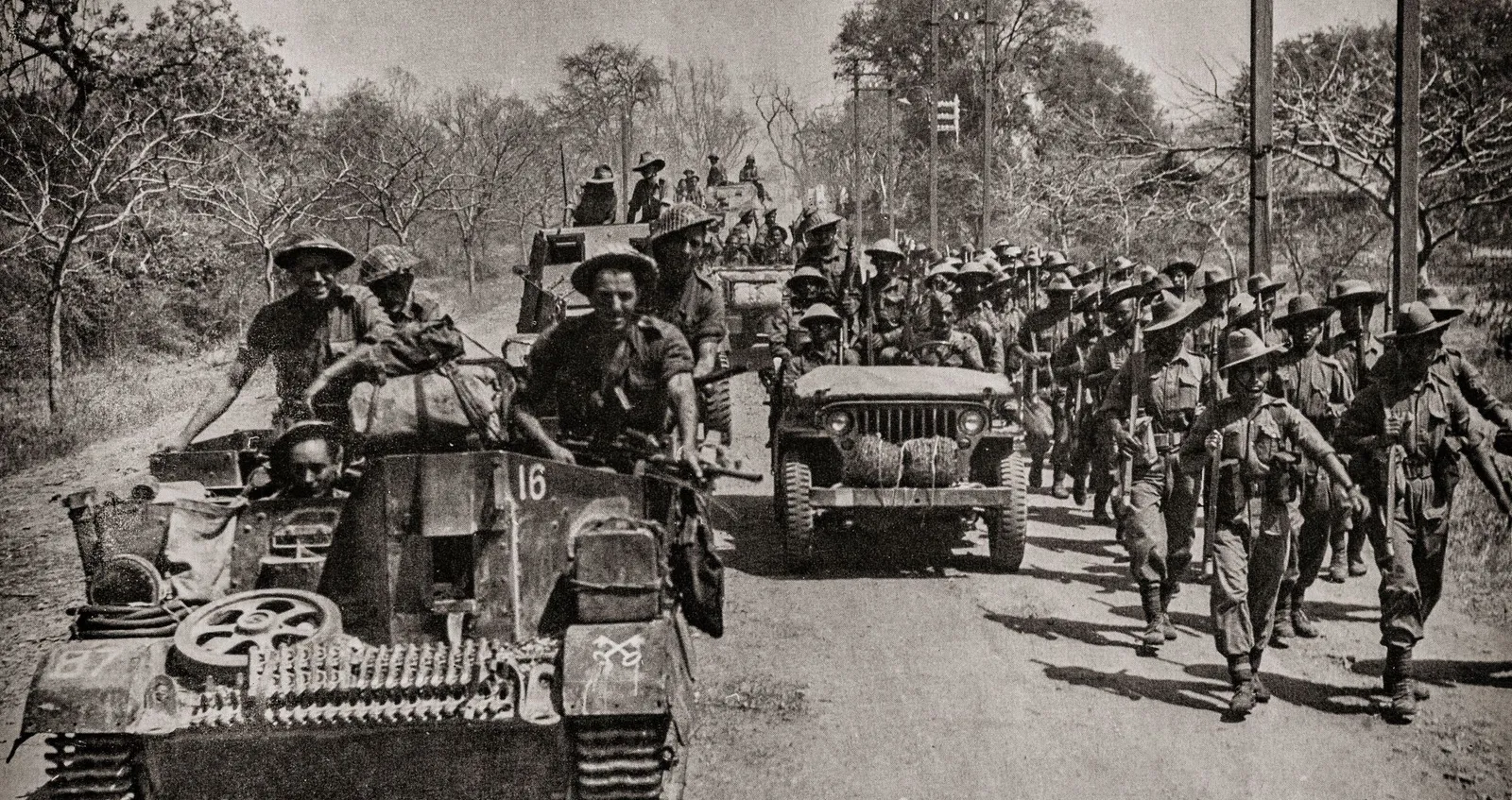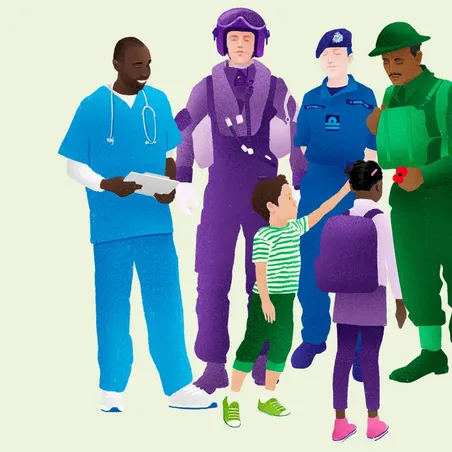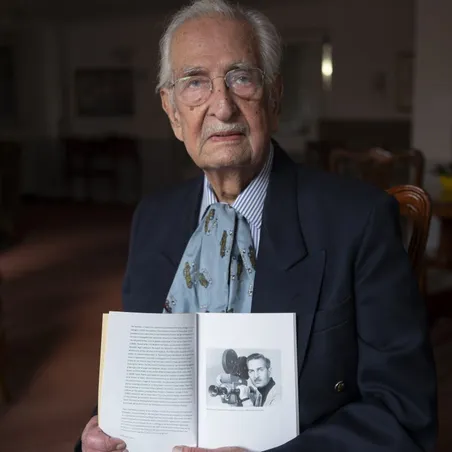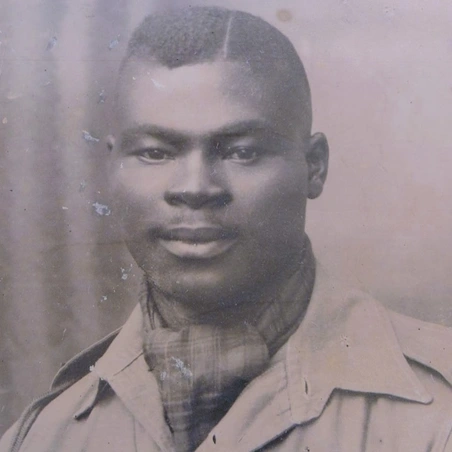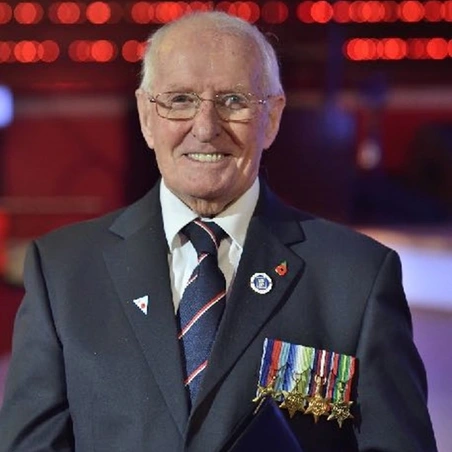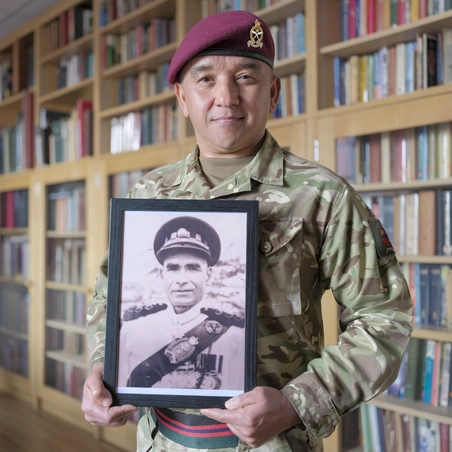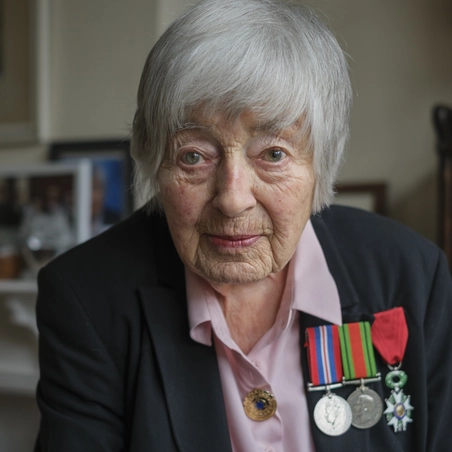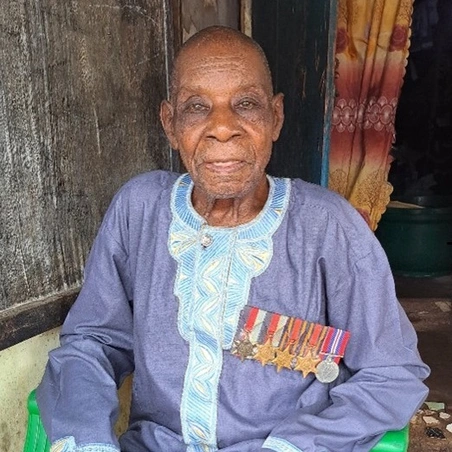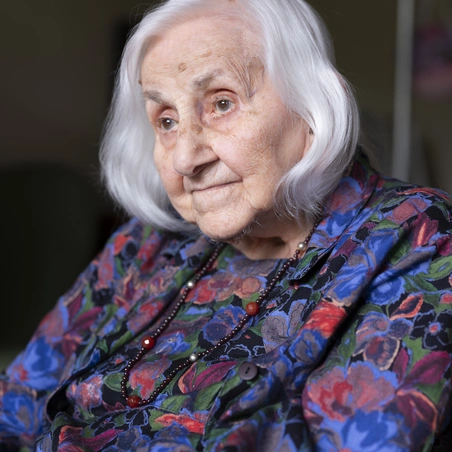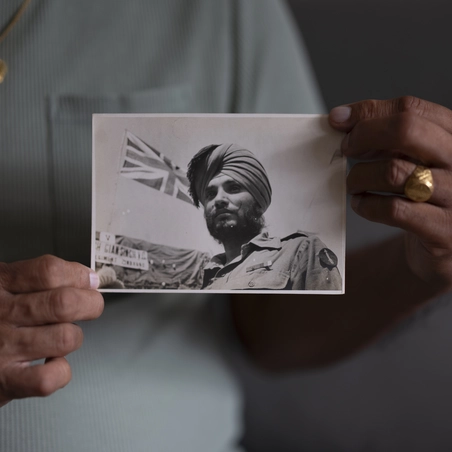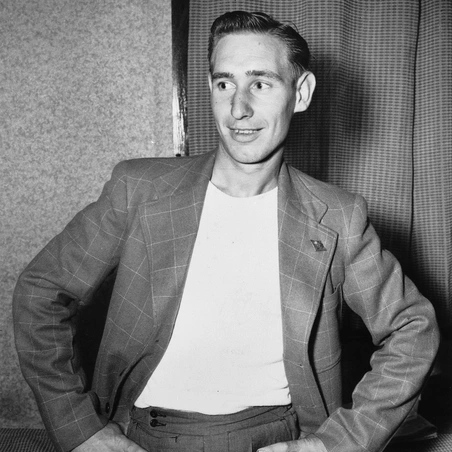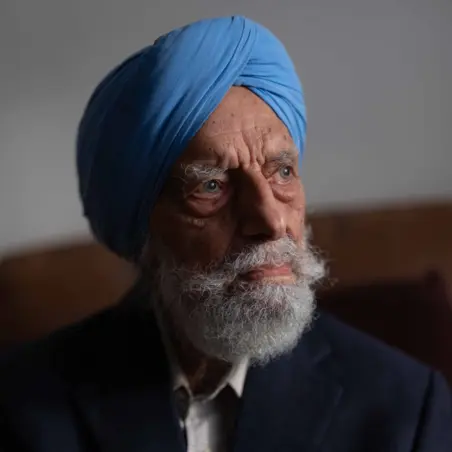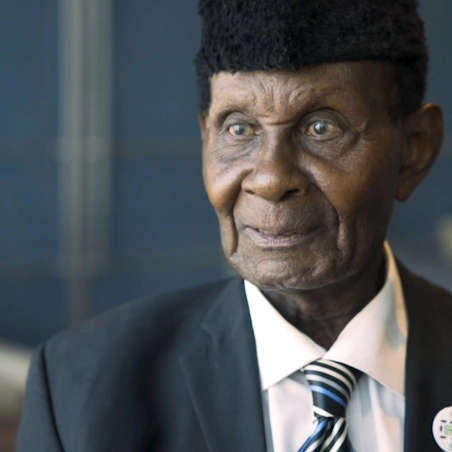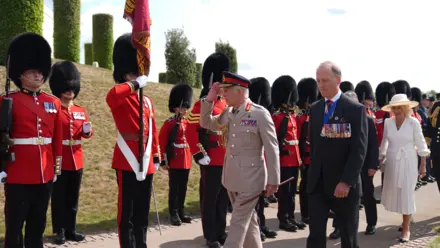
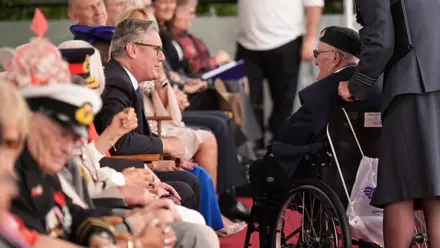
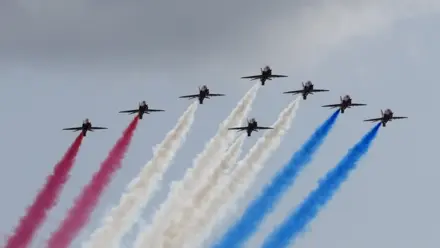
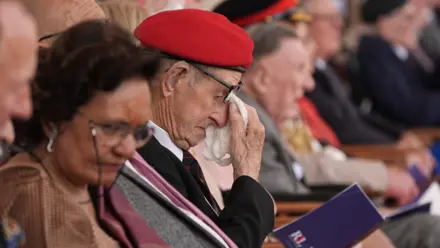
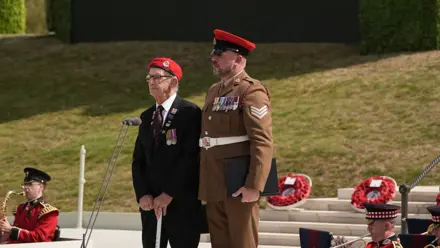
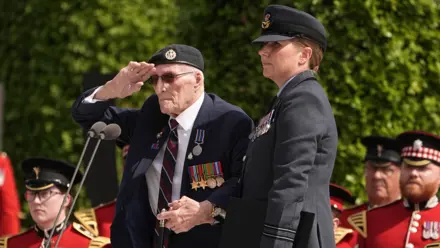
Remembering VJ Day – 80 Years On at the National Memorial Arboretum
On Friday 15th August the Royal British Legion, in partnership with the Government, hosted the Commemorative Event at the National Memorial Arboretum to mark the 80th anniversary of VJ Day and the end of the Second World War.
Attended by Their Majesties The King and Queen, and over 30 VJ Day veterans, the event was broadcast live on BBC One and is now available to watch on BBC iPlayer.
Paying tribute to all those who served in the Far East and the Pacific, a national Two-Minute Silence was held at midday, followed by a one-hour commemoration at the base of the Armed Forces Memorial.
The commemoration featured 400 members of the Armed Forces and included musical performances, readings and veteran testimonies, as well as a flypast from the Red Arrows and historic aircraft from The Battle of Britain Memorial Flight.
What is Victory over Japan Day?
VJ Day marks the anniversary of 15 August 1945 when Japan announced its surrender to the Allied forces.
The surrender was met with relief and celebration that after six long years the Second World War was finally over.
While millions took part in parades and street parties, there was also great sadness - the human cost was enormous and many eagerly awaited the safe return of loved ones.
Over 90,000 British troops were casualties in the war against Japan - 30,000 died and 37,500 were held as prisoners of war.
For hundreds of thousands of service personnel from Britain and the Commonwealth, it would take many months to be reunited with loved ones, some of whom they hadn’t seen for more than five years.
Find out below about how the war ended, and eyewitness accounts of this momentous time.
How was WW2 brought to an end in the Far East?
As the fighting ended in Europe in May 1945, Allied troops in the east were still engaged in fierce warfare.
Burma (Myanmar) was liberated by the 14th Army, the principal British fighting force in the east. It was an extraordinary army composed of troops from South Asia, Africa and British, Burmese and Gurkha units. Some 85% were from pre-partition India. By 1945 the British Indian Army was the largest volunteer force in history, made up of 2.5 million men and women. The War claimed the lives of 87,000 of these volunteers.
Through the early months of 1945, the 14th Army fought intensely and pushed determined Japanese forces back through hundreds of miles of malaria-infested jungle, supported by continual supply drops from the air.
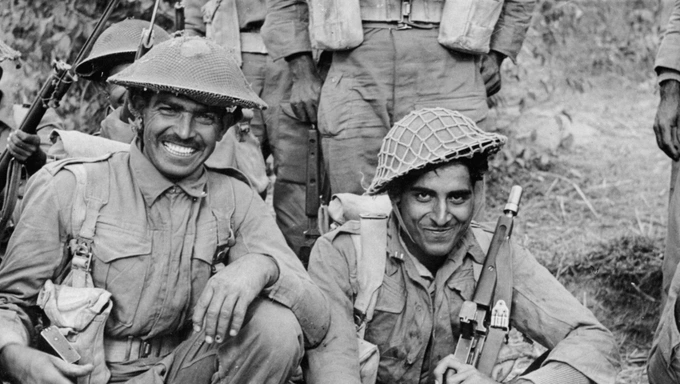
Recognizing that victory was impossible, the Japanese government finally accepted the Allied surrender terms on 14th August. The following day was declared Victory over Japan (VJ) Day.

